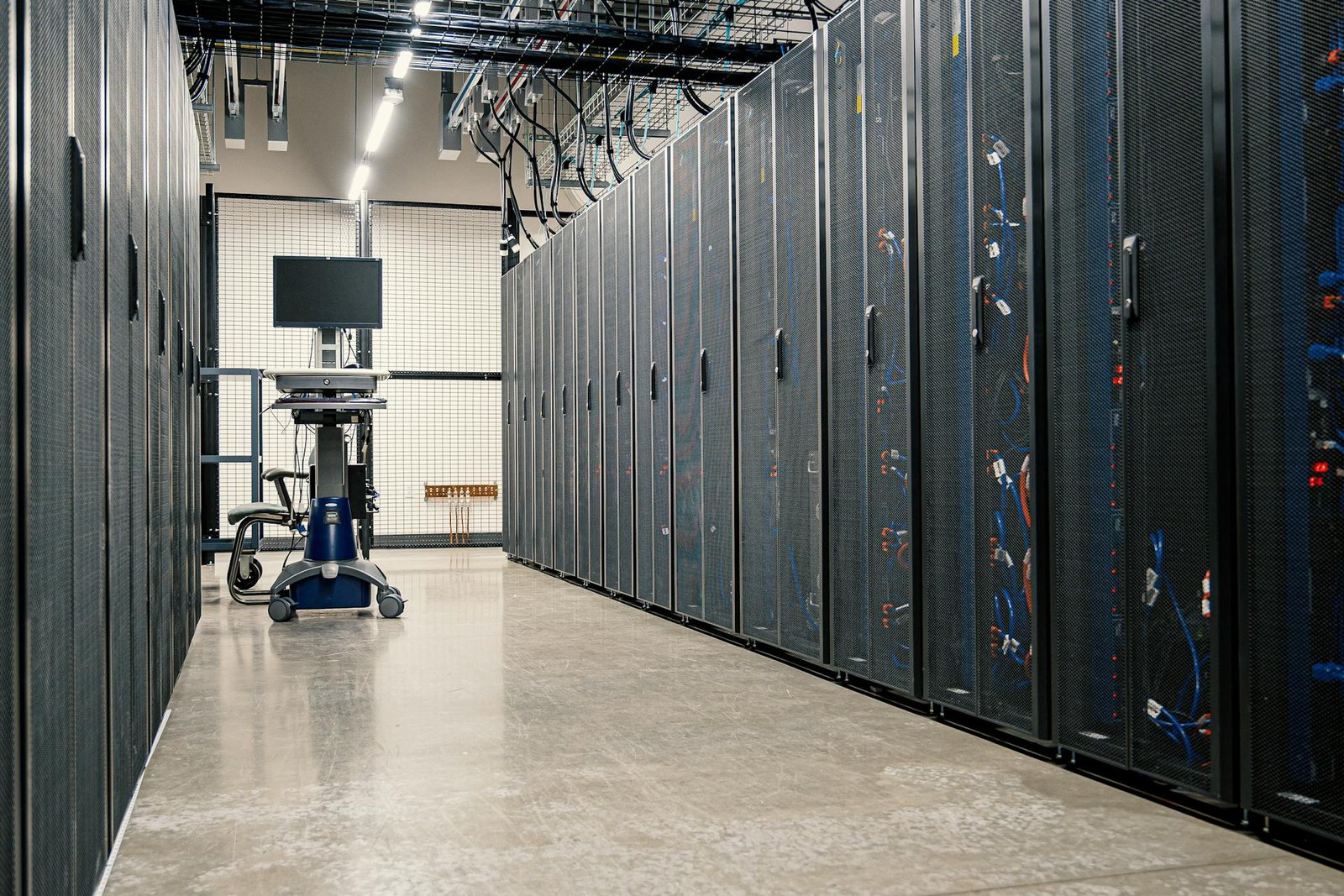Running a business requires managing many aspects, especially finances. Two key terms often mentioned are profit and cash flow. While they may seem similar, they are quite different and crucial to understand for business success. Here’s a simple breakdown of what they are, how they differ, and why both are essential for financial health.
What Is Business Profit?
Profit is essentially the money your business earns after subtracting all expenses. It’s usually what people refer to as the “bottom line.” When you calculate profit, you start with your total revenue (all the money you bring in) and deduct expenses such as rent, salaries, materials, and utilities. Business profit can be broken down further into three main types: gross profit, operating profit, and net profit.
Gross profit is the revenue left after covering the direct costs of producing goods or services, often called the cost of goods sold (COGS). This initial calculation shows how much money your sales generate before accounting for operational expenses.
Next is operating profit, which factors in not only the direct costs of production but also other operating costs like rent and utilities, giving a clearer view of your business’s efficiency.
Lastly, there’s net profit, which is the revenue left after deducting all expenses, including taxes and one-time charges. Net profit reflects the “true” profit and provides the clearest picture of your business’s financial health over a period of time.
In essence, profit indicates how well your business performs on paper over a set period. But while a high profit margin may look promising, it doesn’t necessarily guarantee that your business is financially healthy day-to-day. This is where cash flow comes in.
What Is Cash Flow?
Cash flow is the actual movement of money in and out of your business. Unlike profit, which is a calculated amount, it represents the real cash you have on hand at any given moment. A reliable, positive cash flow means you have enough money coming in to cover your outgoing expenses, pay employees, and invest in growth when opportunities arise.
It generally falls into one of two categories. Positive cash flow occurs when the cash entering your business (from sales or investments) exceeds what’s going out (for expenses, loan repayments, etc.). This indicates financial health and ensures your business can handle its day-to-day needs. On the other hand, negative cash flow happens when expenses exceed revenue, which can strain your ability to cover costs.
Also, it is particularly important for businesses that experience seasonal sales fluctuations or deal with variable costs. For instance, a retail store might have abundant funds during the holiday season but struggle during off-peak months. Managing it means staying prepared for such periods, ensuring that your business has enough liquidity to survive quieter times
Profit vs Cash Flow: The Key Differences
Profit is all about long-term success and answers questions like, “Is my business making money?” Cash flow, however, is focused on immediate financial health, essentially answering, “Can my business pay its bills right now?”
To summarize the key differences, here’s a table:
| Aspect | Profit | Cash Flow |
|---|---|---|
| Definition | Money earned after all expenses are deducted | Actual cash moving in and out of the business |
| Calculation | Total revenue minus total expenses | Cash inflows minus cash outflows |
| Time Frame | Usually assessed over a specific period (monthly, yearly) | Real-time measurement of available cash |
| Types | Gross profit, operating profit, net profit | Positive , negative |
| Importance | Indicates overall business profitability | Ensures liquidity for daily operations |
| Impact of Delays | High profit can exist even with delayed payments | Payment delays can hurt cash flow, even with profits. |
For example, let’s say you land a big project that will yield $20,000 in profit, but you won’t receive the payment for another two months. You might have profit on paper, but your cash flow could be tight if you need to cover expenses in the meantime. This highlights how a business can show profit yet still face financial difficulties if cash inflows are delayed.
Why Cash Flow Management Matters
While profit is important for showing your business’s success over time, cash flow is what keeps it operational day by day. Poor cash flow management can lead to serious financial strain, missed opportunities, and even bankruptcy in extreme cases. Without enough cash to cover immediate expenses, a business may have to delay essential payments, harming relationships with suppliers or even risking employee turnover.
Keeping a close watch on cash flow ensures operational continuity, timely bill payments, and the ability to seize growth opportunities. With reliable finances, your business gains flexibility to take on projects, make upgrades, or invest in new marketing strategies. Moreover, a positive cash flow provides liquidity to handle unexpected expenses or revenue dips without relying on loans or emergency funds.
Common Cash Flow Management Strategies
To maintain financial health, many businesses adopt proactive cash management techniques. For example, creating a projection helps anticipate shortages and plan accordingly. By analyzing past trends and considering upcoming expenses, it can highlight potential gaps in advance, allowing for better preparation.
Invoicing promptly is another effective strategy. By sending invoices as soon as services or products are delivered, you shorten the payment cycle, which significantly improves liquidity. Some businesses also offer discounts for early payments to encourage quicker receivables.
Negotiating favorable terms with suppliers is also common. Extending payment terms on inventory purchases helps retain cash longer, boosting financial stability. On the other hand, reducing payment terms with clients speeds up cash inflows. Regular monitoring is crucial, as it allows for quick adjustments. Additionally, managing inventory levels prevents overstocking, which ties up funds that could be used elsewhere.
Balancing Profit and Cash Flow for Business Success
Increasing profit doesn’t always mean your cash flow will automatically improve. However, there are ways to align efforts toward both. For instance, focusing on products or services with strong profit margins can improve both your net income and cash position if those items generate sales quickly. Similarly, controlling costs strategically, such as renegotiating supplier contracts or reducing waste, can improve profit margins and free up cash.
Renting equipment instead of buying it helps save cash by avoiding big upfront costs. Businesses should keep enough cash for daily needs while also making a profit for long-term growth.
Using Technology for Better Financial Management
Using financial software and tools can significantly improve how businesses manage profit and cash flow. Technology helps automate tasks like invoicing, expense tracking, and predicting, making the process more accurate and less time-consuming. These tools provide real-time insights into your financial health, allowing business owners to monitor cash flow more effectively and make quick adjustments when necessary, that’s why adopting technology helps businesses streamline financial operations, reduce human error, and focus more on growth and strategic decision-making.
Final thoughts
While profit reflects the overall success of your business, cash flow shows how well it can handle daily operations and immediate obligations. A business needs both to thrive. Profit provides the means to grow, while cash flow ensures stability and operational continuity.







